Fireplaces have formed an integral part of many homes for centuries. With a fireplace in your space, warmth is assured throughout the grinding cold season of the year.
Traditionally, you’d get only a few types of fireplaces under common use. But that has changed significantly in the modern era. There are several different types of fireplaces that you can install to supply the much-needed warmth for winter conditions.
In this article, I look into these categories, dissecting their advantages and disadvantages. You’ll also know which one fits your current home needs. Keep reading for more.
What are the Different Types of Fireplaces?
1. Wood-Burning Fireplace
If there is a fireplace that took over for many years since the invention of the technology, it’s the wood-burning fireplace. It’s the oldest form among others.
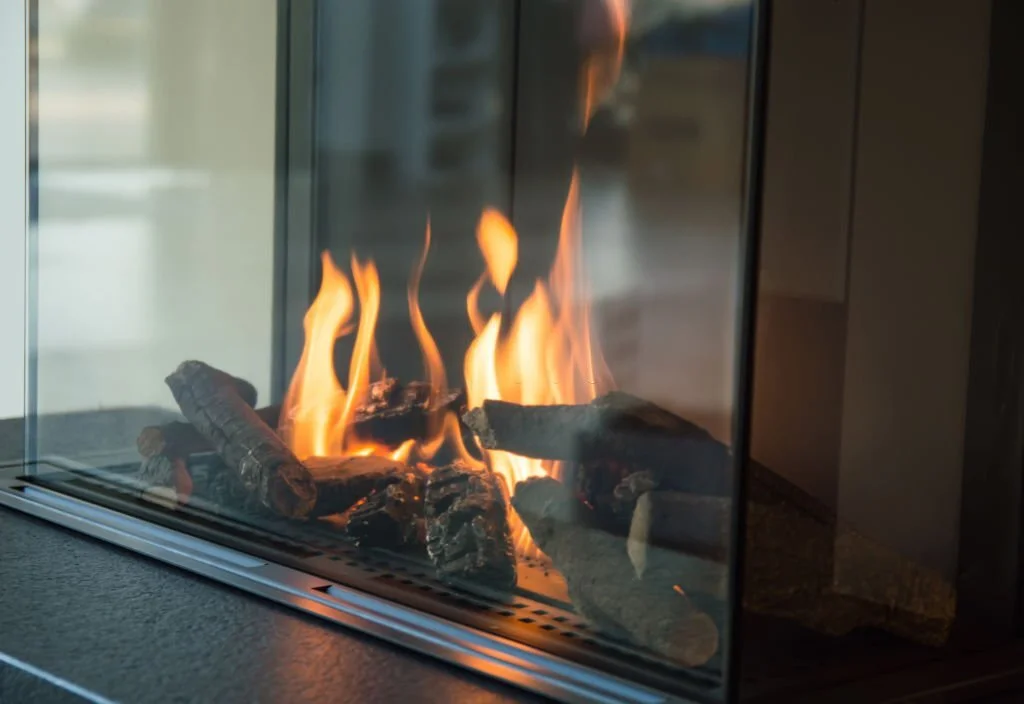
The fans of this type of fireplace wouldn’t easily switch between it and any other. It provides your room with an anesthetic look and feel – the aroma, the crackling sounds, and the appeal of a real fire.
To make this fire, you need plenty of wood. The wood is chopped into small pieces and thrown into the hearth as they burn.
The wood-burning fireplace comes in two forms: site-built masonry or prefabricated fireplaces. The site-built masonry is made from brick and stone material. It’s basically a hearth that has a chimney constructed on-site.
To build this type of fireplace, you need a good amount of money. There’s labor, materials, and restructuring to do – and that’s money.
Then there are the prefabricated fireplace systems. Also referred to as zero-clearance units, prefabricated fireplaces are not century-old types. They’re built at the factory but assembled at the site where they will are then installed. You can choose different types and styles of prefab fireplace systems.
Pros:
- Simple fireplace
- Aesthetically pleasing and authentic
- Offers a real fire
- Provides warmth in the whole home
Cons:
- There’s plenty of smoke produced
- Wood by-products like ash piles are difficult to clean
- Not efficient
Overall, the wood-burning fireplace is one of the most ancient forms of fireplaces. It’s simple yet quite complex when it comes to building it.
2. Electric Fireplaces
Another type of fireplace features the electric fireplace. Not only are they a perfect way of warming your home, but they are also inexpensive and easy to install. You can use them on the go.
So, how does an electric fireplace work? Well, the unit comes prebuilt. It has LED light bulbs and a coil. When you plug it into the wall socket, the LED bulb lights up to imitate a real fire flame; it produces various flame colors.
At the same time, an internal heater that has a coil heats up the air drawn into the system, and the warm currents are forced out into the room.
You can have the lights only on and turn off the heat depending on your needs at the moment. However, not all electric fireplaces offer this feature.
Different electrical fireplaces have various features. Some of the most common features may be remote control, timer functionality, multi-color flames, flame-only function, thermostatic control, overheat protection, flame speed, and brightness control, among many other features.
The main types of electric fireplaces include:
- Inserts
If you want to convert the current open fireplace into an electric one, use plug-in inserts. You buy the inserts and place them in the preexisting fireplace. They come in firebox units bearing a fake ember bed.
There are built-in inserts that normally feature as permanent solutions designed into the walls of a home. Mostly, you need to hand-wire the electrics to have it working. They don’t have vents as there’s no clearance needed at the back of the unit.
- Wall Mount Electric Fireplaces
With a wall mount electric fireplace, the fireplace system is mounted on a wall bracket and fitted on the wall of your home. These units usually come wider and shorter.
You can get various versions of these fireplaces – there are direct-wire or plug-in models. Besides, you can have three-sided or see-through linear electric fireplaces.
- Electric Fireplace Logs
When it comes to the electric fireplace logs, you have a versatile type of fireplace with a variety of options for installation. They look the same as inserts except for the firebox surround.
Normally, electrical logs are placed inside an existing open fireplace hearth. But because they are also compact and small, fitting into other small spaces on your house wall isn’t a problem. These logs are plug-in appliances, which means that you plug them into a socket and switch it on.
These logs can be designed to imitate a real fire. Some come with a crackling sound system, and some can have smoke effects.
- Electric Fireplace TV Stands
This type of electric fireplace incorporates a TV stand and a fireplace unit built into one system. In the end, you have a unit that serves two purposes simultaneously. As you enjoy your ambiance around the room, you get entertained by the TV.
This stand can have side cabinets, open storage areas, or media console spaces. It all depends on the features included in it.
The stands come in different colors and styles, and it’s upon the homeowner to choose what matches the décor of your home.
- Electrical Fireplace Stoves
Electric fireplace stoves work like wood-burning stoves. As it comes with a stove body, this fireplace also has legs and a door. Therefore, it is easy to transport from one place to another.
Just plug it into a nearby electrical outlet, and it’d be up and running. The stoves are usually installed into open fireplaces so that it looks like a wood-burning stove.
- Electric Fireplace Mantels
An electric fireplace mantel combines an electric insert, surround, and mantel into one unit. They also come in different styles, with the most common one being the stone effect or a traditional wood surround.
- Outdoor-Rated Electric Fireplace
If you want to enjoy the warmth of a fireplace outdoors, you can check on the outdoor-rated electric fireplace. It’s presented as a protective cover that holds electrical components in the fireplace. This unit has a weatherproof cover that keeps elements away from the fireplace components.
When building an outdoor fireplace, durability should be a top priority. Remember that the unit must weather the prevailing elements and climate aspects.
The fact that these fireplaces are located outside would need the installation of a chimney cap. This is a useful function in windy conditions.
In case you need a great outdoor fireplace, you can always opt to buy the Touchstone 80017 or the Panorama Range by Amantii.
Pros:
- Electric fireplaces are energy efficient
- They are easy to install
- They are less costly
- You don’t have to clean any ash pile mess and smoke residues
- It’s straightforward to use
- It provides for a clean environment
- It offers zonal heating/supplemental heat
- It’s safe for pets and children
- There are less maintenance costs
Cons:
- Heat up a relatively smaller space
- Some models are tacky
Overall, the electric fireplace is catching up in popularity thanks to its easy installation and the clean energy they produce.
3. Gas Fireplaces
Another fireplace invention is the gas fireplace. It creates quite the inviting atmosphere you may need in your home.
Just like the electric fireplace, it can be installed indoors and outdoors. Yet, there’s no unnecessary work of chopping wood and feeding a hearth for wood.
Using a gas fireplace is simple and straightforward. Just turn on the switch, and it’s up and running.
The flame coming from this fireplace is real as that of the open-hearth fireplace. You can adjust the amount of warmth you need to be released quite easily. Just turn the button.
There are two main categories of gas fireplaces:
- Gas Log Fireplaces
If you need the ambiance and mood of a real fireplace from a rather contemporary source, a gas log fireplace is the first choice. The gas logs are typically made from ceramic and designed to imitate the looks of real wood like oak or driftwood.
Gas log fireplaces give you the advantage of clean energy without a mess and quick installation, and you don’t have to haul wood to be used for lighting a fire.
- Gas Fireplace Inserts
Gas inserts are some of the most popular kinds of modern fireplaces many people are turning to. They are easily confused with the regular wood-burning fireplaces.
With an insert, installation is quite easy. Just install it into an existing wood fireplace. And if you don’t have a hearth already, you can construct an opening that carries these inserts.
Advantages
- Easy to use
- Clean
- Takes less time for installation
- Aesthetic look
- Cheap to run
Disadvantages
- Cannot heat the whole home
- Relatively less efficient than other types of fireplaces
Overall, a gas fireplace is the standard for modern fireplaces, especially if you want an easy-to-work-with type. The technology offers straightforward functionality, flexibility, and versatility.
4. Wood-Burning Stoves
The wood-burning fireplace is a classic yet modern unit that allows you to use wood for fire rather than needing an open-hearth fireplace. But it still produces smoke thanks to the wood. However, the smoke is directed outside through a pipe system and chimney.
Advantages
- Cheap
- Easy to use
- Provides warmth even during power outages
- No electricity bills
- Pleasant aroma produced
Disadvantages
- Smoke
- Piles of ash
Overall, a wood-burning stove offers a traditional feel of a fireplace, although it’s a masonry structure permanently engraved in the house.
5. Ethanol Burning Fireplace
Ethanol burning fireplace is a contemporary style that burns ethanol to produce energy. Just like other forms of fireplaces, this fireplace has become a leading trend in recent times.
Fortunately, you can always get the perfect design of an ethanol-burning fireplace that matches your home décor. The unit doesn’t produce much heat as other types, but that’s just about enough to make a home warm.
Advantages
- Minimal installation
- Environmentally friendly
- Fewer costs incurred
- Clean and odorless
The main disadvantage of this type of fireplace is the less amount of energy produced, hence less warmth.
6. Pellet Fireplaces
Pellet fireplaces use pellets – or best known as compressed sawdust. Pellets offer a clean source of energy that burns hot.
In order to control the heat produced by the fireplace, there are features like a thermostat and blowers that measure the temperature and regulate the circulation, respectively.
For pellets, the efficiency can go up to 98% in pellet stoves. That means that they beat the efficiency of wood several times. However, take note that they need electricity to run, meaning a slight increase in the utility bills.
A pellet stove can be pretty delicate to handle. It has multiple motors and motherboards that can easily break.
Advantages
- Very efficient; provides up to 98% efficiency
- Environmentally friendly
- Burn hot
With that said, the pellet fireplaces require some cautious handling. This is key to ensuring that they don’t break.
Which Type of Fireplace Is Most Efficient?
When it comes to the use of fireplaces, the most important question every homeowner wants an answer to is how efficient they are. The many types discussed above have all been highlighted to be top choices in their respective niches.
However, the most efficient type of fireplace is the gas fireplace. It offers clean energy and doesn’t have to use electricity. The natural gas it uses is cheap and readily available.
With a gas fireplace, the efficiency rating may reach up to 90 percent or more for high-end gas fireplace types. Generally, most modern gas fireplaces, especially the glass-fronted models, are superior to the traditional open hearth fireplaces you may be used to.
On that note, ventless gas fireplace models have the ultimate heating efficiency that can rise up to 100 percent. These models convert energy to heat and remove harmful emissions to ensure clean energy.
Moreover, there’s a self-monitoring system installed. This system is imperative as far as air quality in the room is concerned. If the catalytic converter that cleans the air breaks down, the self-monitoring system helps the fireplace to shut down.
FAQs
1. What Does Ventless Fireplace Mean?
Most fireplace options do have vents. Vents are vital to ensure that fresh outdoor air is directed inside the fireplace for combustion. As for gas and wood-burning fireplaces, inserts, and stoves, venting is important.
So, what does a ventless fireplace mean? A ventless or vent-free fireplace doesn’t have a vent that directs air from the outdoors. this means there’s no pipe, chimney, or direct vent to do that work.
For that reason, this fireplace can be installed almost in any part of a home. Yet, it keeps the heat intact within the confines of your space. That’s why pollutants from combustion can have their way into the indoor space, contaminating your atmosphere.
Different forms of vent-free fireplaces exist; vent-free gel fireplace and vent-free electric fireplace. The former uses a gel that’s burnt to produce flames, smell, and sounds reminiscent of a wood-burning fireplace.
As for the vent-free electric fireplace, they’re the safest ventless fireplace option. You don’t need to burn anything to have heat. With electricity and LED lights, the unit is plugged into a wall socket and turned on.
Installing the vent-free electric fireplace is pretty easy. And with remote control, you can adjust the temperature function and flames as you wish from the comfort of your chair.
2. What Is a Zero Clearance Fireplace?
There’s no doubt that fireplaces come in various styles, shapes, materials, sizes, and even functionalities. But what’s a zero clearance fireplace?
When you talk about a zero-clearance fireplace, it means a fireplace that provides its insulation. And the combustible materials burn at zero inches of clearance or distance in your space. You can further explain it as a firebox designed to fit in different places of a home. c
Moreover, a zero clearance fireplace must have venting. So, a chimney may be needed for this function. It can be wrought from steel pipes and installed to run through the rooftop.
But before you install this type of fireplace, make sure you seek expert help to know whether it would match your needs at home.
3. Can You Add a Blower to a Wood-Burning Fireplace?
One of the best ways to utilize the warmth created by a fireplace to have a blower in your room. It blows and distributes the heat in your home so that all areas are covered evenly.
As for whether you can add a blower to a wood-burning fireplace is a question many homeowners would want answers to, but it’s obviously not everyone’s practice.
Generally, you can add a blower to your wood-burning fireplace if you want the warmth to reach the furthest of sections of your home. With this air being cycled around the room, the ambient temperature is significantly increased. This is a perfect way of improving the efficiency of a wood-burning fireplace.
Nevertheless, how does a fireplace blower work? Well, the functioning of a blower uses the simple process of drawing air from the room and channeling it through the exterior of the fireplace. The air reaches the hearth, and it is heated up and released back into the room to create a warm space.
The warm air rises above the cool air in the room. Simple physics explains that cooler, heavier air is then pushed into the fireplace system again to be heated up.
Left alone, the process of air cycling around the room is a slow one. However, a blower speeds it up to ensure that you have a space that’s evenly warmed.
In a similar manner, you can add a blower to gas fireplaces and stoves. In all efforts, one thing must be noted: always use a fireplace-rated fan or blower.
You get such a blower from a certified fireplace dealer who could also help when it comes to correct installation.
4. Does a Fireplace Pull Heat Out of the House?
It is quite rhetorical to think that a fireplace would draw heat from your home and make it cold. But could this be worth looking into? Many people are becoming conscious about what they buy and use, and fireplaces are no exception.
In that regard, fireplaces can cause heat loss to some extent. However, different types of fireplaces behave differently, which is why the gas-lit and wood-burning fireplaces are the biggest culprits for these.
Here is how they lose the heat. Both fireplaces come with a venting which could be a chimney. As much as the chimney removes pollutants from the combustion process, there’s a certain amount of heat loss that occurs through the same vent.
Hence, a vented fireplace will always have some heat loss. This happens mostly during winter when cold air sucks the warm air from your space and replaces it.
According to the U.S. Department of Energy Studies, you can lose up to 1000 cubic feet of warmed air through the chimney in just one minute. That’s quite a deal.
It’s important to prevent this occurrence by looking at these figures. The more fire you make, the higher heat loss is expedited.
The process, however, can be controlled readily by having airtight glass doors fitted on the front of the wood-burning fireplace.
If you do this, the amount of heat loss expended will be less. The result is a reduced heating bill, which resonates well with your pockets.
All in all, make sure that before you start a fire, the doors leading to the room are closed. Also, the damper needs to be closed when the fireplace isn’t running.
The good thing is that modern fireplace models come with designs that are energy efficient. They are normally ventless and fit into house walls without requiring plenty of space.
Final Thoughts
There are several categories of fireplaces that you can opt to use. From the traditional wood-burning fireplaces, gas fireplaces, and electric ones, you can’t fall short of choices.
When you are choosing a fireplace for use in your home, make sure that it matches your décor and mood. It should also be energy-efficient and cost-effective.



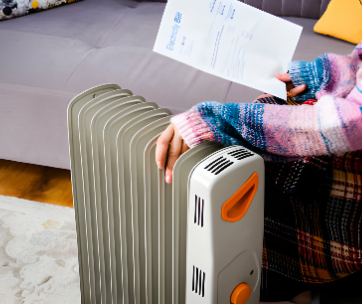
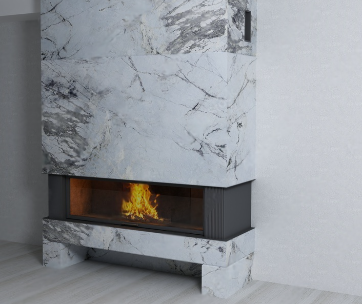
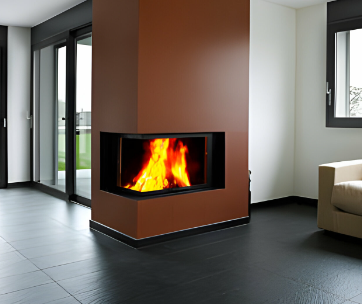
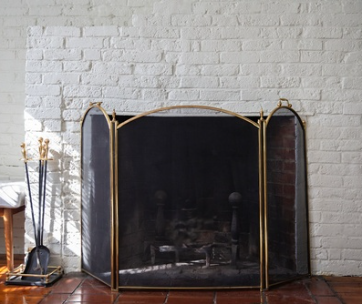
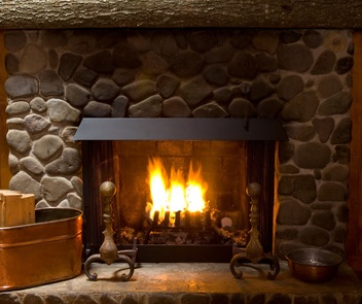
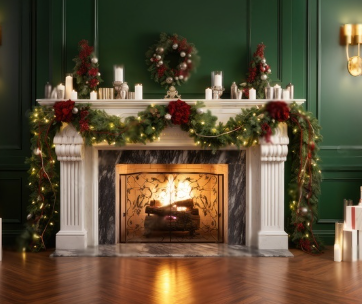
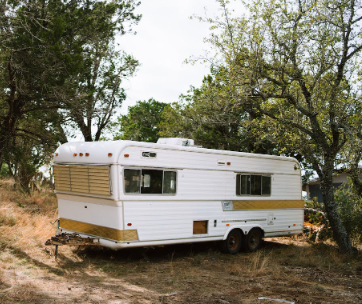
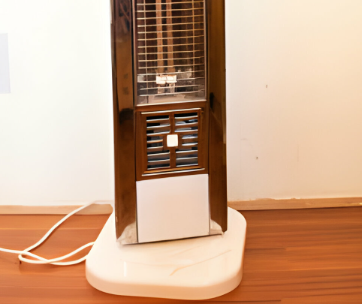
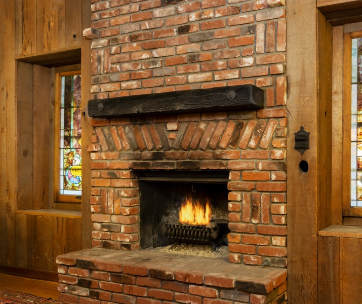
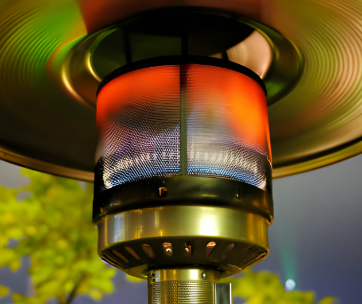
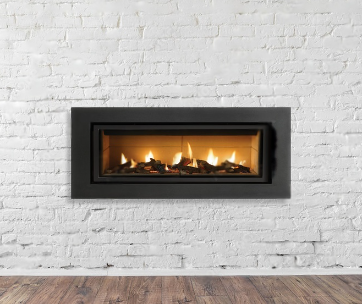

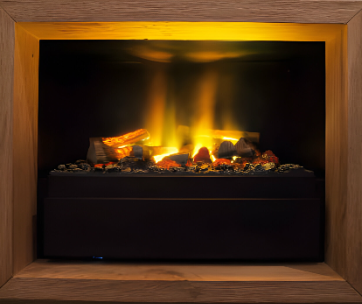
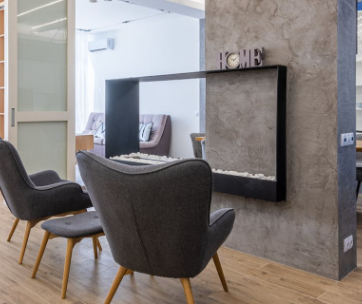
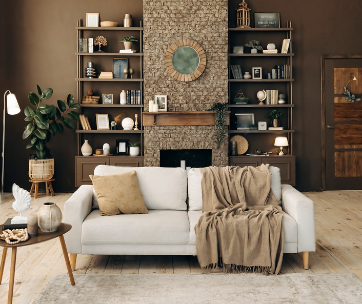
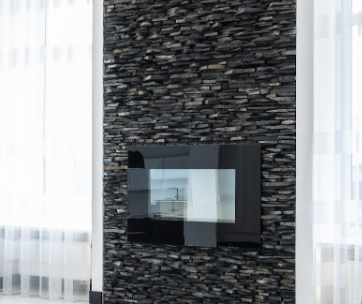
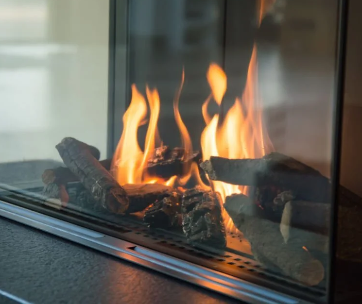
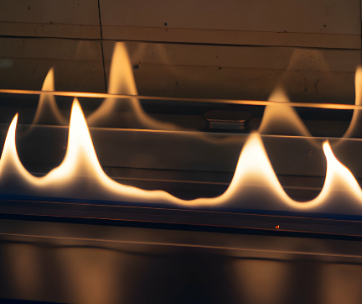
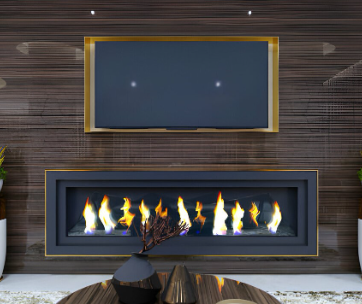
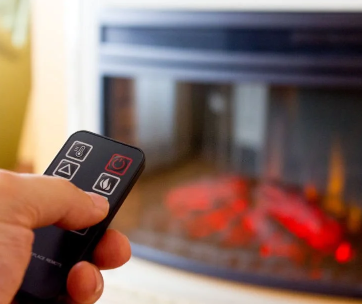
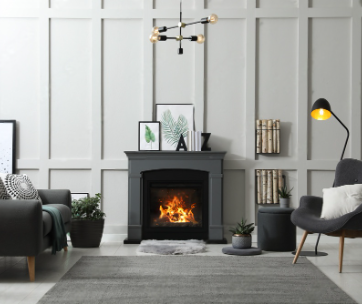
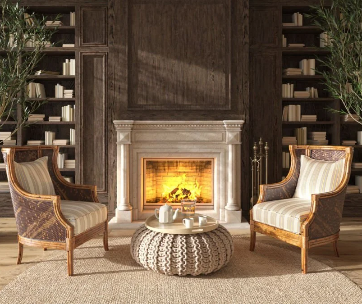
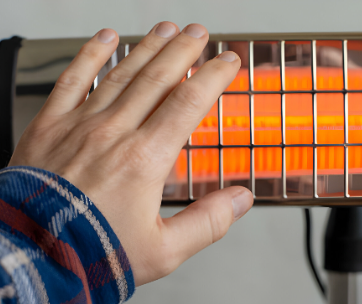

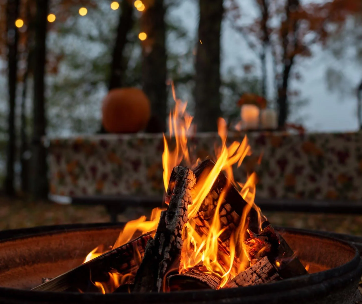
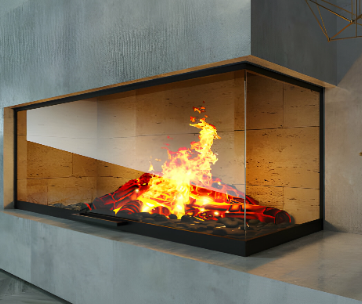
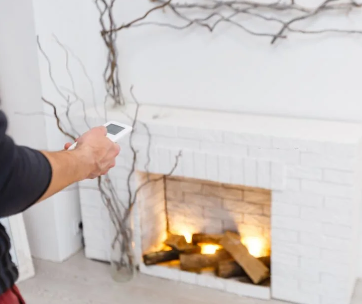
Comments